
In the competitive arena of nature, survival demands innovation. While many creatures rely on speed, camouflage, or venom to evade predators, certain insects have developed truly extraordinary defensive strategies that defy imagination. Among these remarkable adaptations, one insect stands out for its particularly bizarre and effective self-preservation method that has fascinated scientists and nature enthusiasts alike. This article explores the bombardier beetle, nature’s living chemical weapon, whose explosive defense mechanism represents one of the most sophisticated and unusual protective systems in the animal kingdom. As we delve into the fascinating world of this remarkable creature, we’ll discover how evolutionary pressures have produced a walking testament to nature’s ingenuity.
The Bombardier Beetle: Nature’s Living Artillery

The bombardier beetle (family Carabidae, subfamily Brachininae) represents a group of ground beetles comprising approximately 500 species distributed across most continents. These unassuming insects, typically measuring between 5-20mm in length with colors ranging from brown to black with reddish or yellowish limbs, harbor an extraordinary secret within their abdomens. When threatened, these beetles unleash a hot chemical spray that exits their bodies with an audible pop, resembling a miniature explosion. This chemical defense is not merely sprayed but ejected in a controlled explosion reaching temperatures of nearly 100°C (212°F), making the bombardier beetle nature’s equivalent of a walking chemical weapon. Researchers studying these beetles often report a sensation similar to being burned when the spray contacts human skin, demonstrating the potency of this defensive cocktail.
The Chemical Laboratory Within
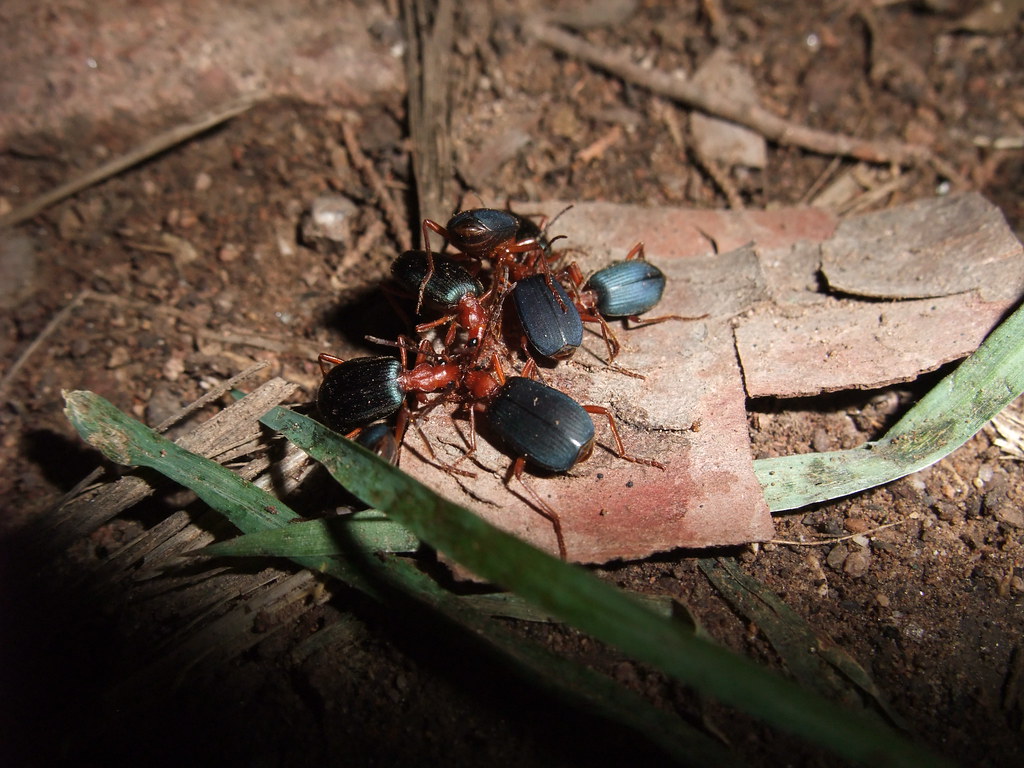
The bombardier beetle’s defense system operates through an intricate internal structure that would impress any chemical engineer. Within the beetle’s abdomen lie two separate chambers—one containing hydrogen peroxide and hydroquinones, and another housing enzymes including catalases and peroxidases. When the beetle feels threatened, muscle contractions force these chemicals from their storage chambers into a thick-walled reaction chamber. Here, the catalases and peroxidases rapidly break down the hydrogen peroxide, releasing oxygen and generating intense heat. This catalytic reaction transforms the hydroquinones into toxic benzoquinones, creating a boiling, caustic chemical solution under high pressure. The resulting mixture is expelled through a specialized movable turret at the beetle’s rear end, allowing precise targeting of predators with remarkable accuracy. This sophisticated biological mechanism represents one of nature’s most complex chemical defense systems.
An Explosive Deterrent Against Predators

The bombardier beetle’s chemical spray serves as a highly effective deterrent against a wide range of potential predators. When attacked by ants, spiders, frogs, or birds, the beetle’s explosive discharge creates an immediate sensory assault that often causes predators to retreat instantly. The boiling spray can reach distances up to 20-30 centimeters—impressive relative to the beetle’s small size—and can be aimed with surprising precision in virtually any direction, including over its own back. High-speed photography reveals that the spray isn’t continuous but actually emerges in rapid pulses (up to 500 pulses per second), maximizing both efficiency and coverage. Perhaps most remarkably, bombardier beetles can continue producing these defensive bursts multiple times in succession, giving them repeated opportunities to escape from persistent threats.
Evolutionary Marvel: Developing the Perfect Defense
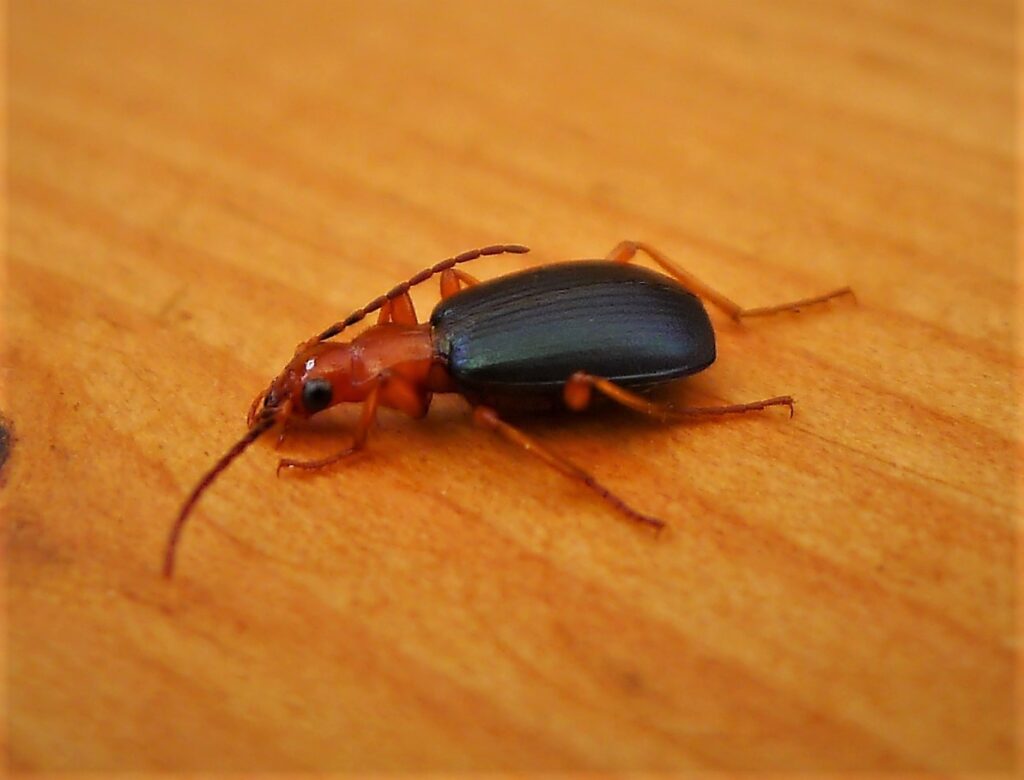
The evolution of the bombardier beetle’s chemical defense system represents a fascinating example of how complex adaptations develop over time. Scientists believe this mechanism evolved gradually through a series of incremental steps rather than appearing all at once. Early ancestors likely produced less reactive chemicals that gradually became more potent as natural selection favored more effective defensive compounds. The compartmentalization of reactive chemicals evolved as a way to prevent self-harm, while the specialized reaction chamber with its reinforced walls developed to withstand the internal explosions. The directional control apparatus, which allows precise targeting, represents the final refinement of this remarkable system. This evolutionary pathway demonstrates how even extremely complex biochemical systems can emerge through natural selection acting on simpler precursor systems over millions of years.
A Biological Engineering Inspiration

The bombardier beetle’s defensive mechanism has drawn significant attention from scientists and engineers seeking bio-inspiration for human technologies. The beetle’s ability to store reactive chemicals safely and then mix them precisely for controlled reactions has implications for various applications, including fuel injection systems, pharmaceutical delivery methods, and fire extinguishing technologies. Researchers at the University of Leeds have studied the beetle’s spray mechanism to develop more efficient fuel-injection systems that deliver liquid in rapid pulses rather than continuous streams. Defense technology companies have examined the beetle’s ability to produce hot, directed sprays as inspiration for new non-lethal deterrent systems. The beetle’s remarkable ability to produce explosive reactions without harming itself provides valuable insights for engineers designing systems that must contain controlled chemical reactions.
Global Distribution and Habitat Preferences

Bombardier beetles inhabit a surprisingly diverse range of environments across multiple continents, demonstrating the effectiveness of their unique defense mechanism in various ecosystems. Species can be found throughout the Americas, Europe, Africa, Asia, and Australia, though they’re notably absent from Antarctica. These beetles typically prefer moist environments, often making their homes under rocks, logs, or leaf litter in forests, grasslands, and riparian zones near water sources. Their habitat preferences relate directly to their physiology, as maintaining their chemical defense system requires reliable access to specific compounds acquired through their diet. Interestingly, bombardier beetles often form loose aggregations, potentially as a collective defense strategy that amplifies their protective capabilities when multiple individuals discharge their chemical sprays simultaneously against a common threat.
Diet and Feeding Behavior
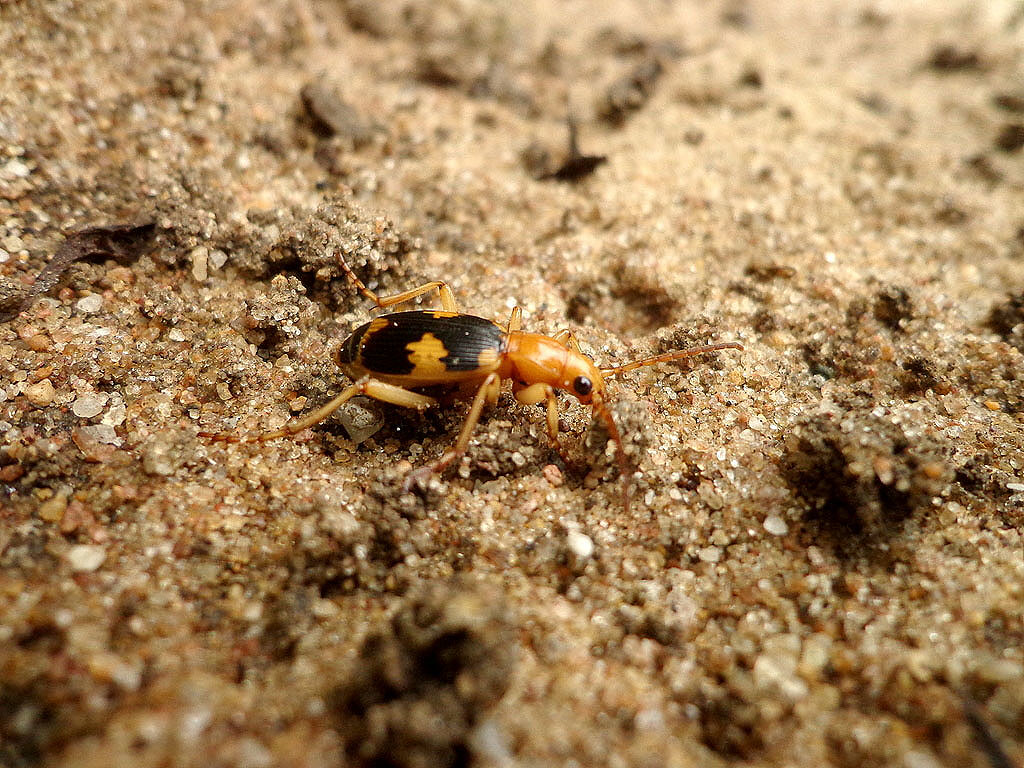
The bombardier beetle’s impressive defensive chemistry is indirectly supported by its specialized diet and feeding habits. These beetles are primarily carnivorous, feeding mainly on smaller insects, larvae, and occasionally decaying organic matter. They possess powerful mandibles that enable them to capture and consume prey items, often hunting nocturnally when they’re less visible to their own predators. Their digestive systems efficiently extract and process compounds necessary for synthesizing their defensive chemicals, highlighting the intricate relationship between diet and defense. Researchers have observed that bombardier beetles raised with deficient diets may produce less potent defensive sprays, demonstrating the metabolic cost of maintaining their sophisticated defense system. This dietary specialization represents another layer of adaptation that supports the beetle’s remarkable defensive capability.
Lifecycle and Reproduction
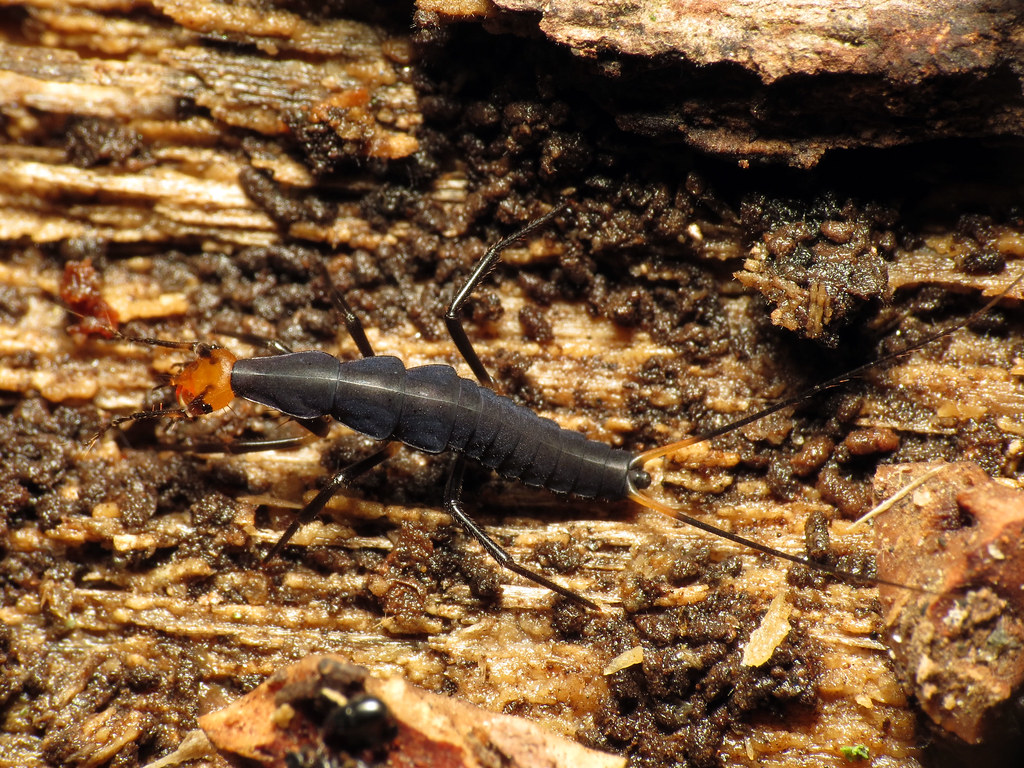
The bombardier beetle’s life cycle follows the complete metamorphosis pattern typical of beetles, though with fascinating adaptations related to their defensive capabilities. After mating, females lay eggs in moist soil or under protective cover, with each female potentially producing dozens of eggs throughout her lifetime. The larvae that hatch are predatory and active, resembling small grubs that hunt for smaller invertebrates in their microhabitat. Interestingly, even in the larval stage, these beetles display primitive chemical defenses, though not the explosive mechanism found in adults. After several molts, the larvae pupate and undergo metamorphosis, emerging as fully-formed adult beetles equipped with their remarkable defensive apparatus. Young adult beetles must typically feed extensively before their chemical defense system becomes fully operational, representing a vulnerable period in their lifecycle.
Scientific Study and Discovery History

The bombardier beetle’s extraordinary defense mechanism has a rich history of scientific investigation dating back centuries. Early naturalists were baffled by the audible popping sounds and visible vapor these beetles produced when disturbed. The first detailed scientific description came in 1781 when German entomologist August Johann Rösel von Rosenhof documented the beetle’s ability to “discharge from its anus a smoke-like powder with a sound such as a small popgun might make.” However, it wasn’t until the mid-20th century that the complex chemistry behind this defense was thoroughly understood through the pioneering work of scientists like Thomas Eisner and Daniel Aneshansley at Cornell University. Their groundbreaking high-speed photography and chemical analysis revealed the precise mechanism and remarkable efficiency of the beetle’s defense system. Modern research continues to uncover new details about the fine control and evolutionary development of this extraordinary adaptation.
Surviving the Explosion: How the Beetle Protects Itself
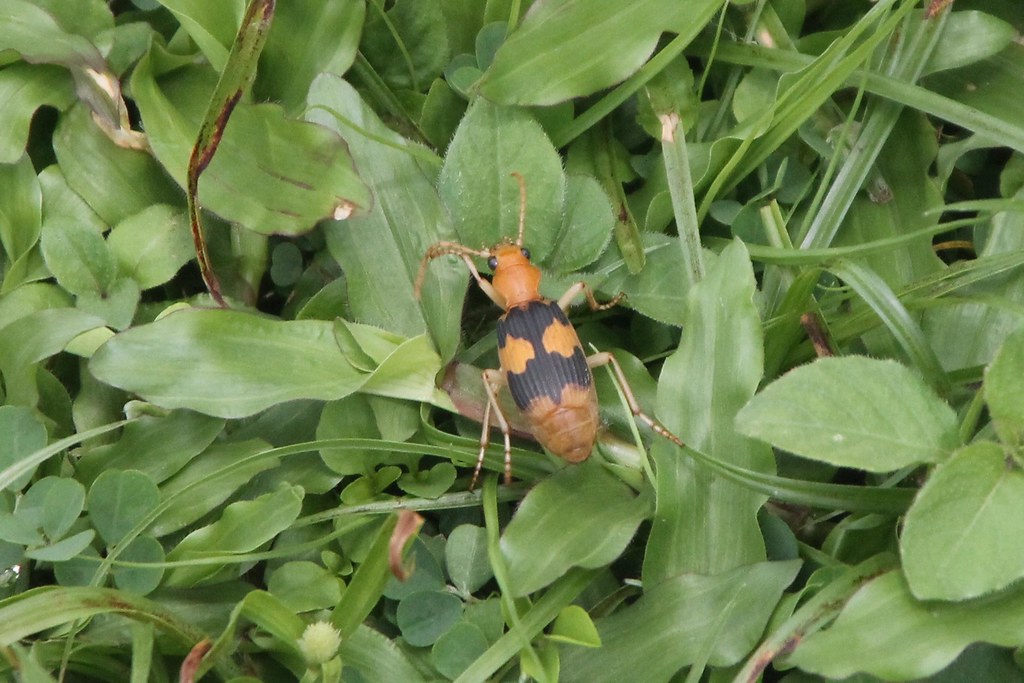
Perhaps the most remarkable aspect of the bombardier beetle’s defense system is its ability to produce explosive, near-boiling chemical reactions without harming itself. This self-protection is achieved through several specialized adaptations that have fascinated biochemists and physiologists. The beetle’s reaction chamber is constructed with exceptionally thick, reinforced walls lined with specialized insulating materials that can withstand both high pressures and temperatures. The chamber’s opening features a one-way valve system that ensures the explosive spray is directed outward rather than back into the beetle’s body. Additionally, the internal tissues surrounding the reaction chamber contain heat-shock proteins and other protective compounds that help prevent cellular damage from the intense heat generated during defensive discharges. These multiple layers of protection demonstrate how natural selection has fine-tuned this defense mechanism to be effective against predators while remaining safe for the beetle itself.
Conservation Status and Environmental Threats
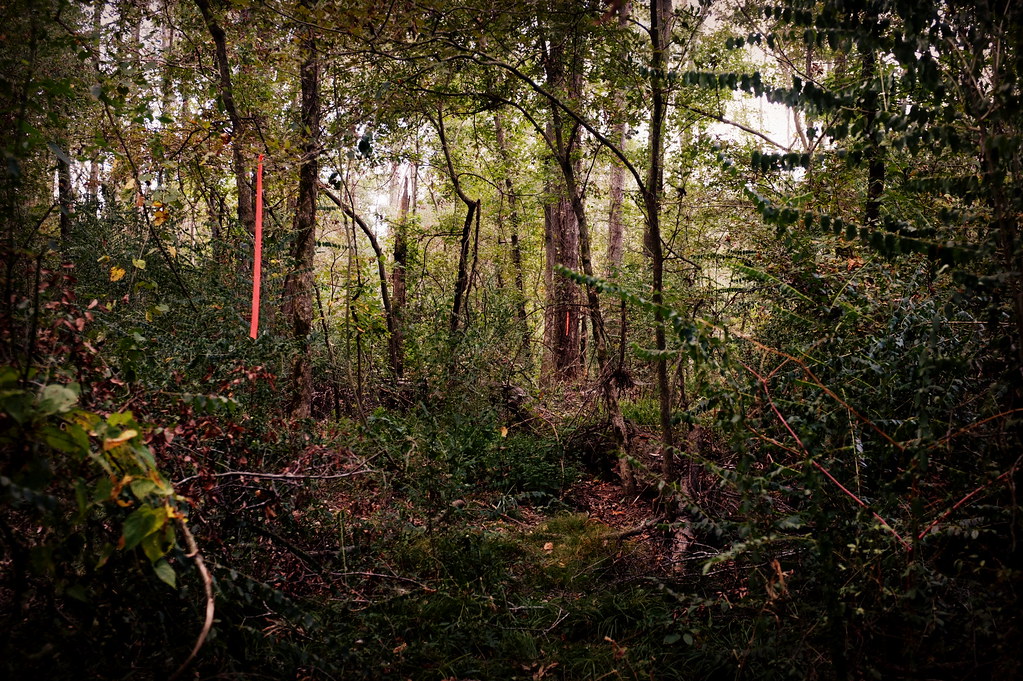
Despite their impressive defensive capabilities, bombardier beetles face increasing challenges from environmental changes and human activities. While most species are not currently classified as endangered, habitat loss due to deforestation, agricultural expansion, and urban development has significantly reduced suitable environments for these specialized insects in many regions. Pesticide use poses another serious threat, as these chemicals can accumulate in the beetles’ bodies and potentially interfere with the complex biochemistry of their defense mechanisms. Climate change may also impact these beetles by altering temperature and moisture conditions in their microhabitats, potentially affecting their ability to maintain optimal conditions for their chemical defense systems. Conservation efforts focused on preserving diverse forest floor habitats and reducing chemical pollution in natural areas are essential for maintaining healthy populations of these remarkable insects.
Cultural Significance and Representation

The bombardier beetle’s extraordinary defense mechanism has captured human imagination and appeared in various cultural contexts throughout history. These remarkable insects have featured in nature documentaries, scientific education materials, and even religious discussions where they’ve been cited in debates about complexity in nature. Their explosive defense has made them popular subjects in children’s science books, where they often serve as examples of nature’s ingenuity and biodiversity. In some indigenous cultures, bombardier beetles have been incorporated into traditional ecological knowledge, with their distinctive defensive behavior serving as indicators of environmental health or seasonal changes. The beetle’s mechanism has even inspired character designs in various media, including animated films and video games that feature creatures with explosive or chemical defensive abilities. This cultural presence highlights how unusual natural adaptations can transcend scientific interest to become part of broader human understanding and appreciation of the natural world.
Conclusion: Nature’s Ultimate Chemical Defender

The bombardier beetle stands as one of nature’s most extraordinary examples of defensive adaptation, demonstrating how evolutionary processes can produce solutions of astounding complexity and efficiency. Its ability to create controlled chemical explosions—complete with precise delivery systems, heat management, and targeting capabilities—showcases the remarkable potential of natural selection to develop sophisticated biological mechanisms. Beyond their scientific significance, these beetles remind us of the incredible diversity of survival strategies that have evolved in the natural world, often exceeding human engineering in their elegance and efficiency. As we continue to study these remarkable insects, they offer not only insights into evolutionary biology and chemistry but also potential inspiration for human technologies and a compelling argument for the conservation of even the smallest creatures in our ecosystems. The bombardier beetle, with its explosive surprise for would-be predators, demonstrates that sometimes the most extraordinary innovations come in the most unassuming packages.

